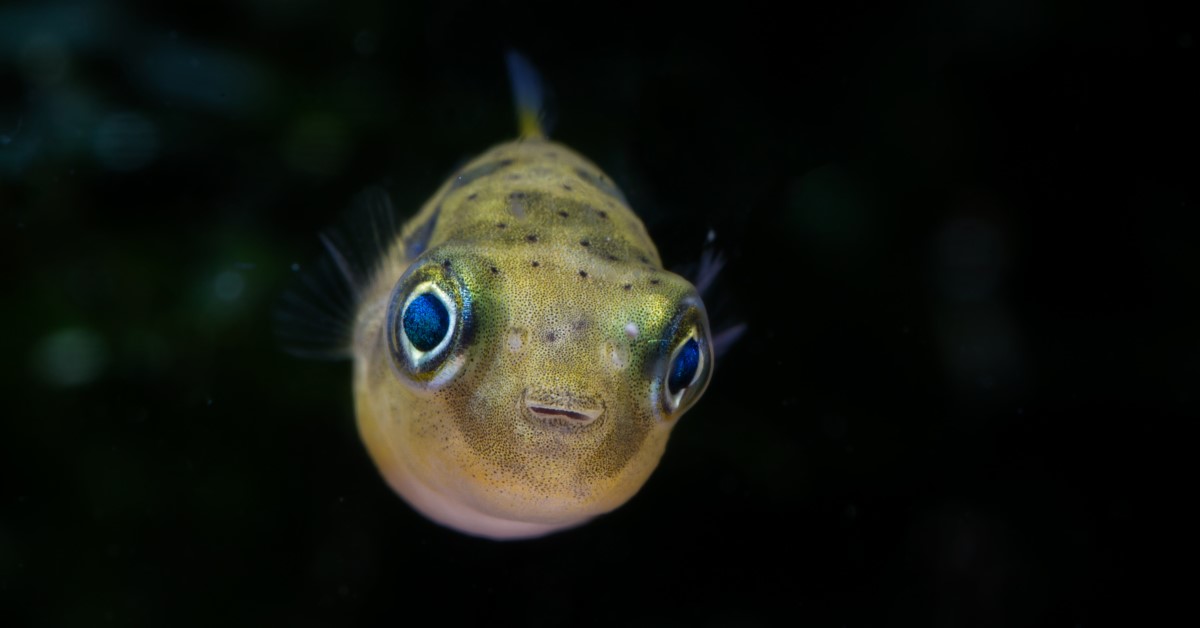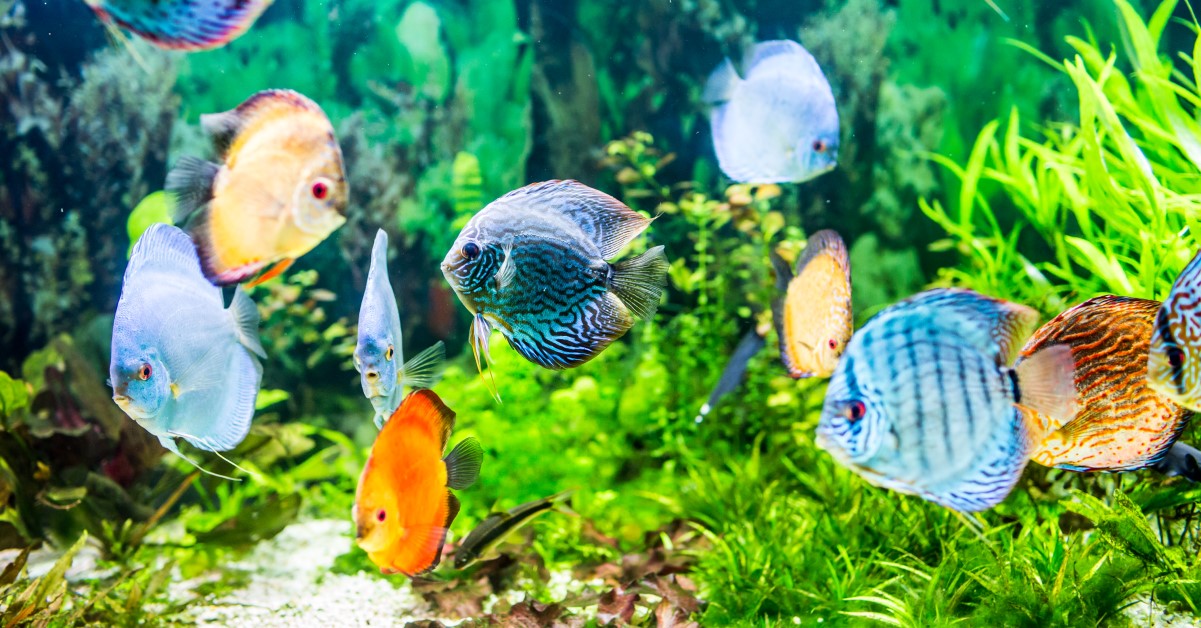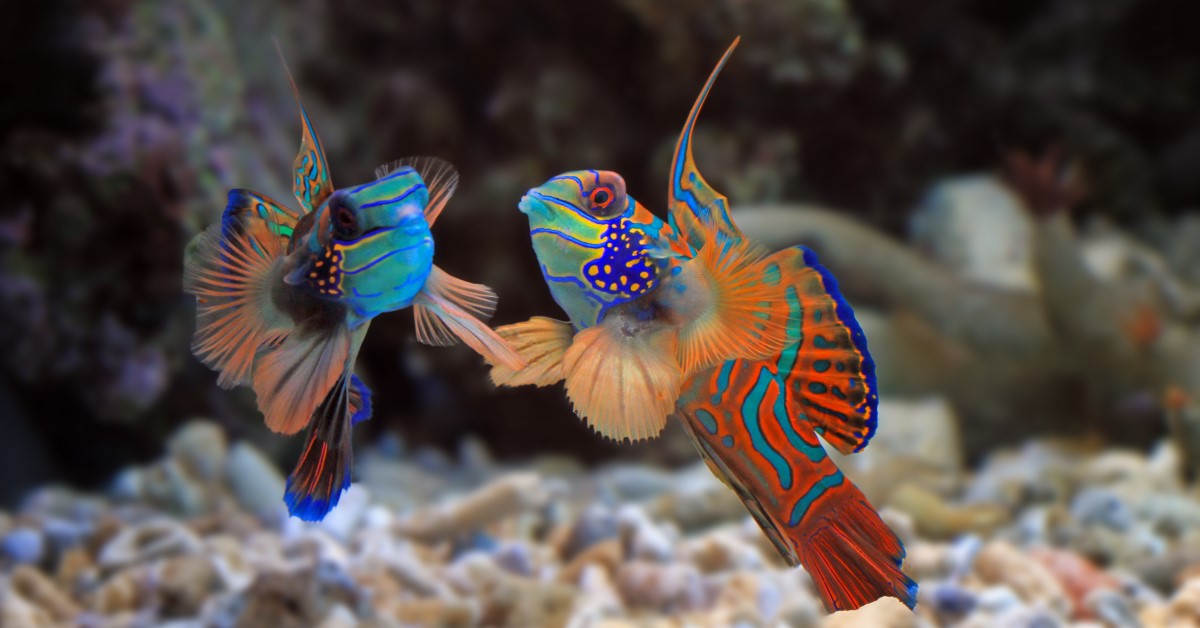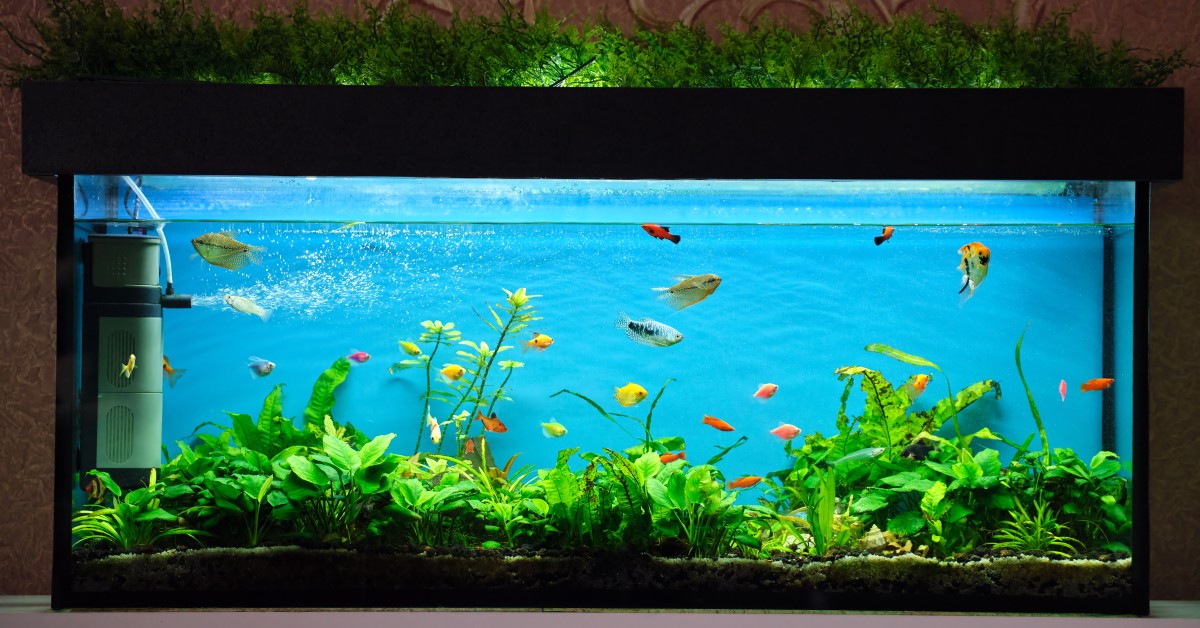Meet the Pea Puffer! A Bite-Sized Puffer Fish with a Big Personality
The pea puffer offers the perfect combination of charm and intelligence, making it a great addition to a freshwater aquarium.

Sometimes big personalities come in small packages. The peculiar pea puffer is the perfect example. Known as the smallest pufferfish in the world, the pea puffer is a highly intelligent freshwater fish native to Western India. While pufferfish are well-known for their ability to inflate like a balloon, there is so much more to these fascinating creatures. Get to know the small but spunky pea puffer and learn why this species of fish makes for an excellent addition to a home aquarium.
Introduction to Pea Puffer Fish
The pea puffer or ‘carinotetraodon travancoricus’ is a species of fish famous for its tiny size of no more than 0.98 inches (25mm). Due to their small size, this species has earned several names, such as the Dwarf Puffer and Pygmy Puffer. The pea puffer has an average lifespan of up to four years and can be found at local fish stores fPor between $3 and $15. Today, most pea puffers are captive bred, but if you happen to get one that is wild-caught, it may need deworming medication.
Male vs. Female
It can be difficult to distinguish between male and female fish of any species, especially in juvenile specimens. When trying to determine whether a pea puffer is a male or female, you’ll want to pay attention to its coloring.
Male pea puffers typically have dark green patches and vibrantly colored yellow bellies. The males may also have an intense blue coloration in the eyes and a bold line that runs across the body. Female pea puffers are not as colorful and have a rounder body shape.
Pea Puffer Behavior
While the pea puffer may appear cute and friendly at first glance, these fish can actually be very territorial and aggressive towards one another. Males, in particular, may exhibit concerning behavior when placed in a tank with other males. For this reason, it’s best to only keep a single male in the tank with several females.
Despite the territorial behavior of male pea puffers, pufferfish are known as a social species and can often be found in large shoals. They are highly inquisitive and will swim throughout the tank to get to know their surroundings. You will often find them amongst plant life or out scavenging for food.
Pea Puffer Care
Pea puffers can happily reside in a fish tank as small as 10 gallons; however, it’s best to put them in a larger tank where they can explore. If you are considering multiple pea puffers, you’ll want to add five gallons for each additional pea puffer you place in the aquarium.
The pea puffer does best in tanks with thick vegetation, which makes them feel safe. Add plenty of plants, rocks, caves, driftwood, and other tank-safe items that provide the fish with places to hide and explore. Opt for a substrate that will support plant life, such as coarse sand or small gravel.
Pea puffers enjoy different types of mosses, such as Weeping Moss, Java Moss, and Christmas Moss. Not only is this soft vegetation a place where your pea puffer can sleep and hide, but it also encourages breeding as the pea puffer uses it as a medium for spawning.
Consider the temperature of the water when setting up a tank for a pea puffer. These fish do not do well in tanks that differ too much from their usual climate, meaning if you live in a colder area or your room fluctuates in temperature, you may want to consider using an aquarium heater.
The water level of the tank should measure between 6.5 and 8.4, ideally somewhere in the middle. It’s important to try and keep this level stable to prevent causing illness or shocking the fish with a too-low or too-high pH level.
Pea Puffer Nutrition
Pea puffers are carnivores, meaning they live off a diet of meat rather than plants. They thrive on a diet of frozen foods, such as brine shrimp and frozen bloodworms. They will also take live foods, such as blackworms and pest snails. It’s important that your fish’s diet contains all of the essential nutrients it needs to live a long, healthy life.
While pea puffers may be tiny, they have a fairly large appetite. However, you want to avoid overfeeding them. Consider feeding your fish small quantities throughout the day instead of one large portion at once.
Red Flags
The pea puffer is a relatively low-maintenance fish that requires a standard level of care and attention. However, there are several behaviors that you will want to watch out for. If your pea puffer exhibits any of the following behaviors, it could indicate that something is wrong:
- Loss of interest in food
- Spending too much time hiding
- Lethargy
- Not interacting with other group members
- Limited movement
- Not interested in activity outside the tank
You’ll also want to look for physical signs of illness, such as white spots, reddening of the skin, ulcers, or damage to the fins. Pea puffers can develop a variety of common fish illnesses, such as ich (white spot disease), flukes, fungal infections, and bacterial infections.
Is the Pea Puffer for You?
The pea puffer pufferfish can be a remarkable pet if you have the time, resources, and energy needed to establish a tank and care for your new fish. These little wonders are truly unique in every way and can be an excellent addition to your freshwater fish tank.
Ready to start saving money on pet wellness care?
Then take a look at Mint Wellness, the pet wellness plan that provides fast reimbursement on routine pet care. Save on vaccinations, wellness exams, preventatives, dental, and more!
Learn More


